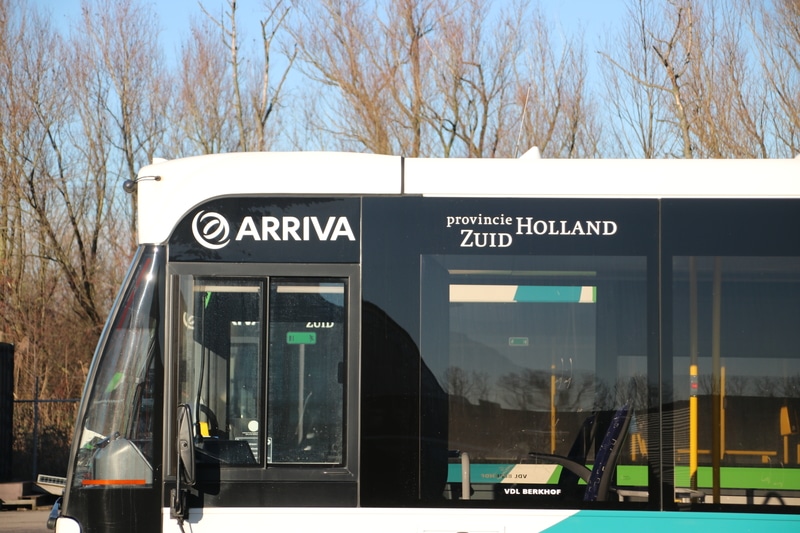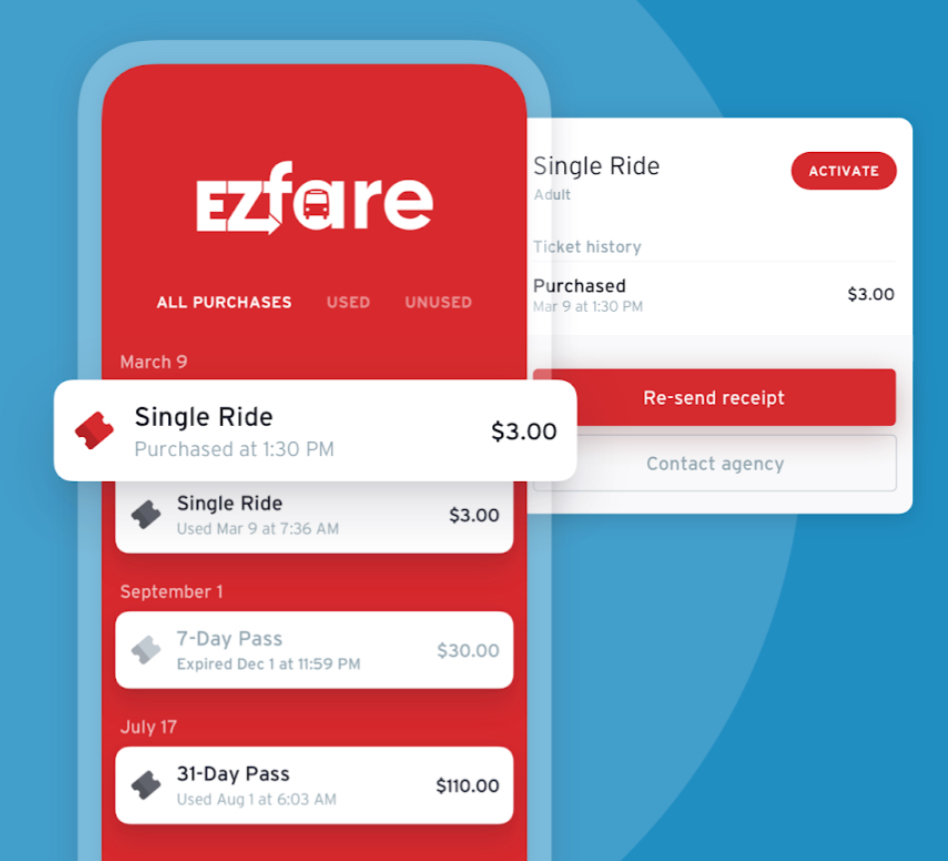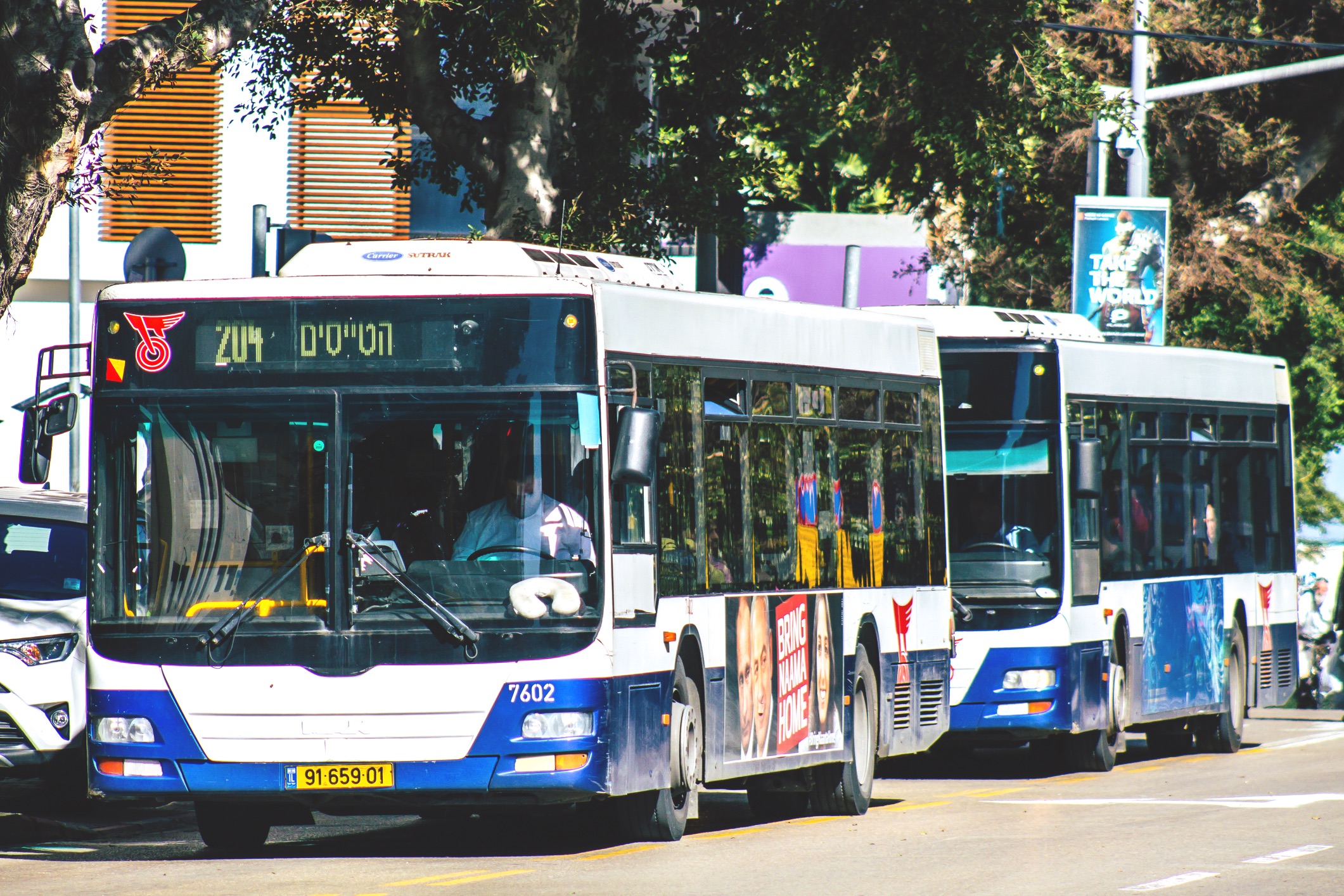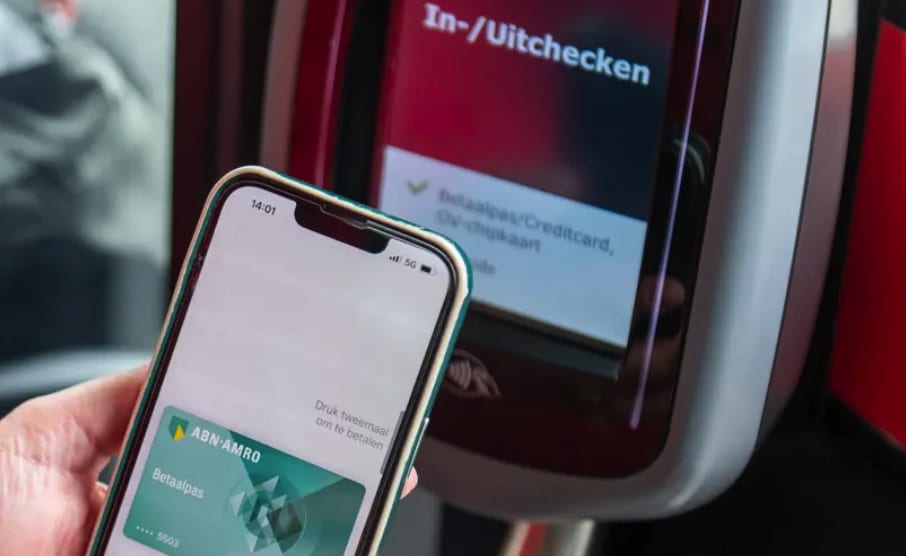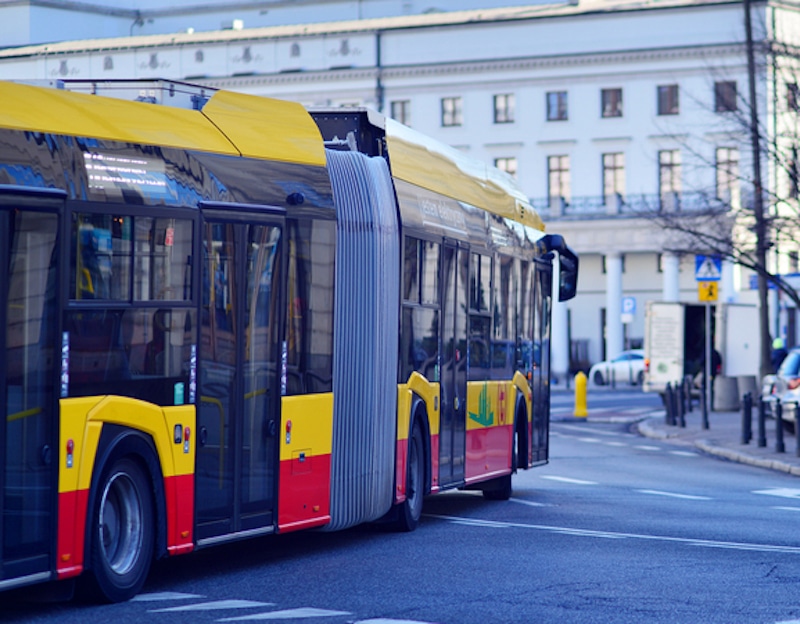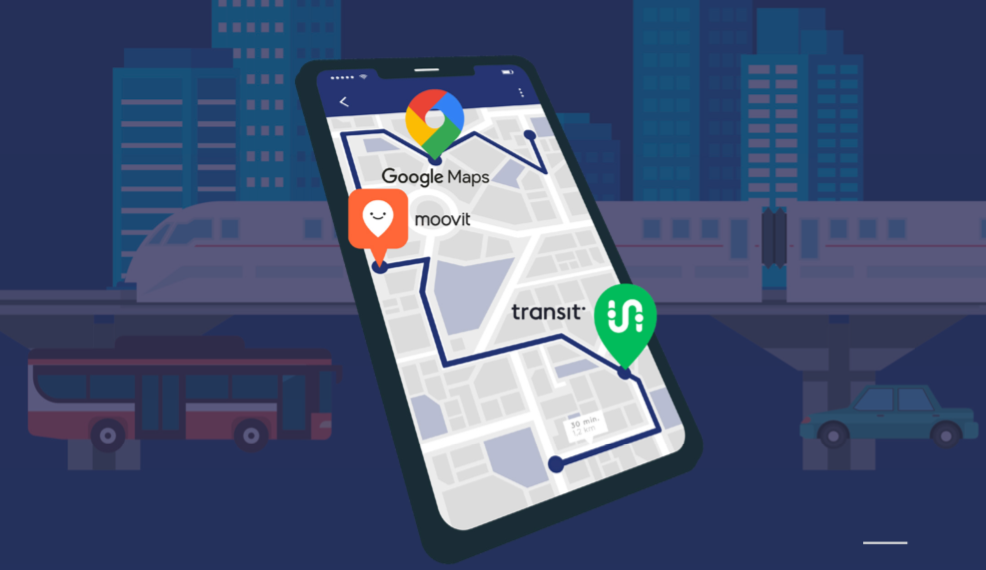
Article Highlights
The world’s major trip-planning apps, including Moovit, Transit and Google Maps, see ticketing and payments for public transit rides as a vital new service as they seek to make their apps more useful and–for some–bring them closer to mobility-as-a-service platforms.
• Table: Trip-planning apps: Where are they enabling public transit ticketing and payments.
• Table: Major SaaS ticketing platforms: Major clients, pricing, trip-planning apps working with.
• Chart: Share of mobile ticketing in local apps vs. third-party apps–RTD Denver/RTC S. Nev.
Such major trip-planning app providers as Moovit, Transit and Google Maps see ticketing and payments as an important new service and for some, it’s one of the last steps toward creating true MaaS platforms.







